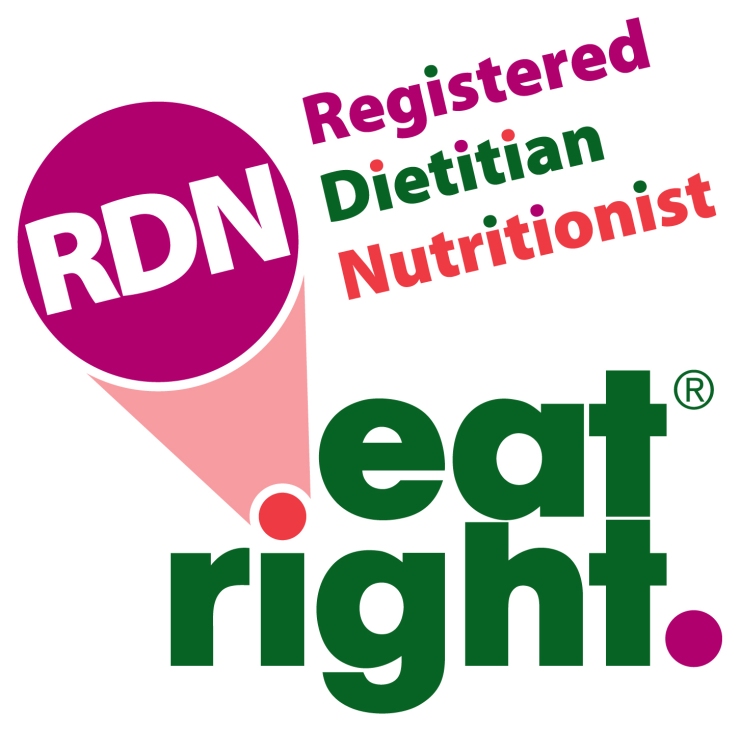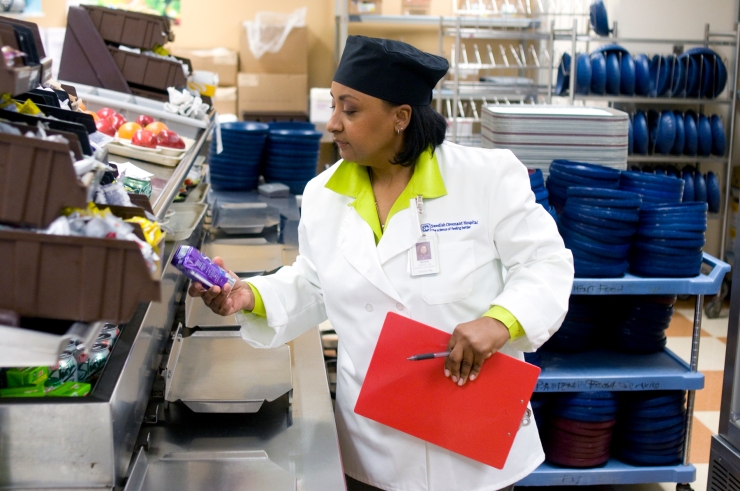Everybody eats, therefore everybody knows about nutrition. At least that’s what you might think by clicking through various articles and posts about health, food and what you should and shouldn’t eat.
The true nutrition expert is registered dietitian (or registered dietitian nutritionist, abbreviated RD or RDN, respectively). RDs all have a college degree – many have advanced degrees – and completed didactic coursework plus hundreds of hours in internship rotations (unpaid, for the most part!) before sitting for and passing an exam to earn the privilege of putting those precious abbreviations after their names. Not only that, but RDs must complete at least 75 hours of continuing education credit every five years to maintain their credentialing and be allowed to keep those little letters.
What credentialing does a nutritionist need? Nothing, really.
The truth is, while some states have laws on licensure for health professionals, practically anyone can call themselves a nutritionist. Only dietitians can administer medical nutrition therapy and have some of their services covered by insurance providers.
Where can you find an RD?
Traditionally, RDs are found in some kind of clinical setting – working in a hospital or outpatient clinic. They may be developing diets for newly diagnosed diabetics or celiac disease patients, or working alongside cardiologists to help at-risk patients adopt heart-healthy diets, to name a couple of roles. You may envision her as the weight loss specialist (NOT “the food police”) suggesting foods you may want to incorporate into your diet and which to save for special occasions. But hospitals and clinics aren’t the only places where RDs can be found. You may see us in:
- Schools: Have you been to a school cafeteria lately? It may surprise you. Many school foodservice directors at the helm are registered dietitians, and these folks have a tremendous job trying to feed thousands of children daily, in a limited amount of time and on a limited budget. For some students, school lunch may be the most reliable, substantial meal of their day, so the foodservice director needs to make sure the lunch she serves is not only nutritious but also appealing so that it gets eaten and not tossed in the trash.
- Community Settings: Many RDs heed to a calling to help underserved and underprivileged populations. These are the RDs running programs for WIC (the Special Supplemental Nutrition Program for Women, Infants and Children), SNAP-ed (formerly known as food stamps) and many more, helping individuals spend their food dollars wisely and learn basic cooking skills.
- Kitchens: RDs are chefs, working at major restaurants, spas, or managing their own chef/culinary business. Many have traditional culinary training in addition to their nutrition degrees, training at the Culinary Institute of America or other fine institutions.
- Research/Academia: Nutrition research is ongoing, and who better to be designing and conducting studies than the food and nutrition experts? Not only do RDs work in food science, but many have expertise in behavioral nutrition, economics, and other fields.
- Industry: Call me biased, but RDs working with industry are the unsung heroes. Talk about effecting change – these are the folks with actual seats at the actual table, helping companies reformulate products to make them more healthful and desirable to consumers (it’s not nutrition unless people buy and eat it!). These folks have the ear of senior leadership, telling them what issues they need to address today, given the current policy and labeling landscape. These are RDs taking the research conducted by their their colleagues in academia, and disseminating it to their front-line RD peers working directly with consumers.
- In the Media: More and more (and rightly so), RDs are being called upon to provide expert insights to educate consumers on a larger platform than simple one-on-one communications. We see RDs as commentators on news programs, writing articles in major newspapers, building up audiences on social media. Heck, even winning reality TV shows!
Today is National Registered Dietitian Nutritionist Day and a time not only to recognize these allied health professionals, but to also applaud them for the sometimes thankless jobs they are doing. These are people working every day to improve the health and diets of those around us so that we can live longer and better.

For more information, or to locate an RD in your area, visit www.eatright.org.






